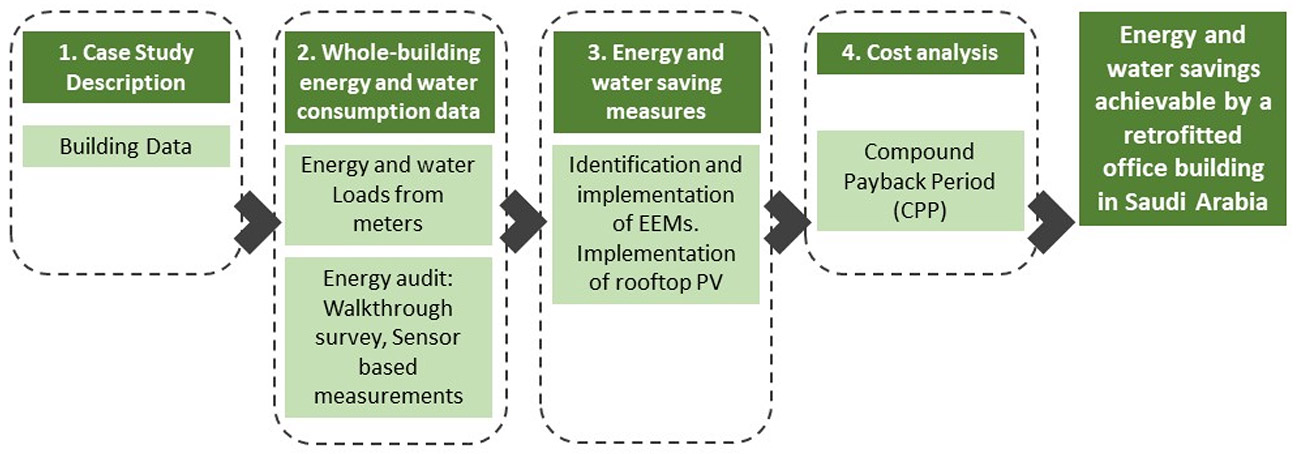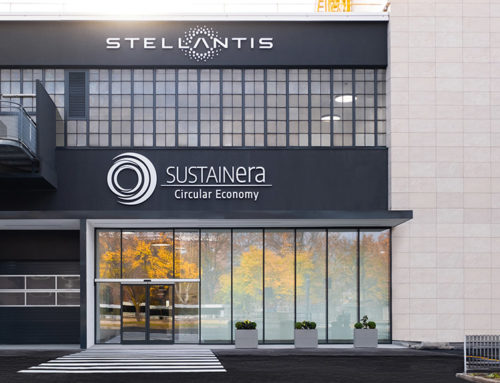In the ever-evolving landscape of commercial real estate, building owners face significant challenges amid fluctuating market conditions. With decreasing transaction volumes and property values, the need for innovative solutions becomes paramount. While the hurdles are undeniable, a hidden opportunity exists for building owners to navigate these challenges successfully—sustainable retrofits.
Tenant Demands Drive Sustainable Transformation:
As the commercial real estate market grapples with uncertainties, building owners find themselves at a crossroads. However, forward-thinking owners are leveraging sustainable retrofits to not only weather the storm but also attract new tenants. The shift in tenant priorities post-pandemic has created a demand for enhanced, modern, and green building amenities.
Meeting Post-Pandemic Tenant Expectations:
The post-pandemic workforce seeks more than just functional office spaces. Employees now crave informal social interactions, better collaboration support, and access to modern resources such as cardless entry and electronic tools. Building owners who embrace these changing preferences position themselves for success.
Research from the Real Estate Research Institute highlights that higher tenant satisfaction is directly linked to lease renewals, positive recommendations, and lower relocation probabilities. Investing in sustainable retrofits not only aligns with modern tenant expectations but also enhances building performance, leading to improved financial outcomes.

Strategic Approach to Sustainability:
Achieving sustainability in buildings requires a thoughtful strategy and investment. Building owners can strategically plan sustainable retrofits using digital tools and innovative property technology (proptech). Decarbonizing buildings involves measuring current emissions, creating a decarbonization roadmap, and defining success metrics.
Digital tools, including IoT sensors, power metering, and Building Management Systems (BMS), play a crucial role in implementing sustainable retrofits. These tools not only optimize energy efficiency but also enhance tenant experiences with amenities like touchless entry and environmental control.
Expanding the Reach of Decarbonization:
Building owners can further optimize carbon emissions by extending their efforts beyond the building. Connecting onsite renewable energy generation, EV charging, and microgrids to the same BMS creates a comprehensive approach to sustainability. Power purchase agreements (PPAs) and environmentally friendly material sourcing contribute to a holistic sustainability strategy.
Measuring Success with Robust Software:
Successful sustainable retrofits require meticulous measurement and monitoring. Predictive maintenance, integration with decarbonization infrastructure, and uncovering new savings opportunities demand robust software, data capture, and analysis. This comprehensive approach ensures the long-term success of sustainability initiatives.
Avoiding Asset Devaluation through Sustainability:
Building owners who neglect carbon-reduction enhancements risk facing reduced investor and tenant demand, leading to devaluation. In the current commercial real estate market, a lack of environmentally friendly operations can result in financial setbacks. Sustainable retrofits, fueled by digitization, not only meet tenant demands but also position buildings as leaders in the market.
As the commercial real estate industry undergoes transformative shifts, building owners embracing sustainable retrofits find themselves not only adapting to change but also leading the way to a greener and more resilient future.






